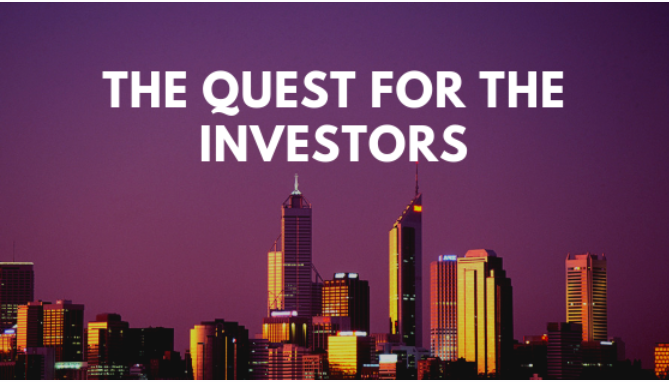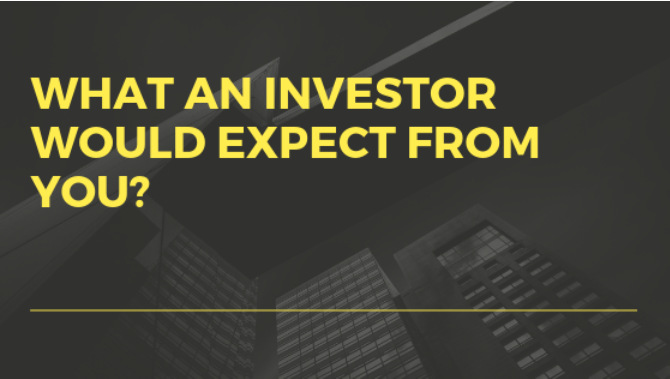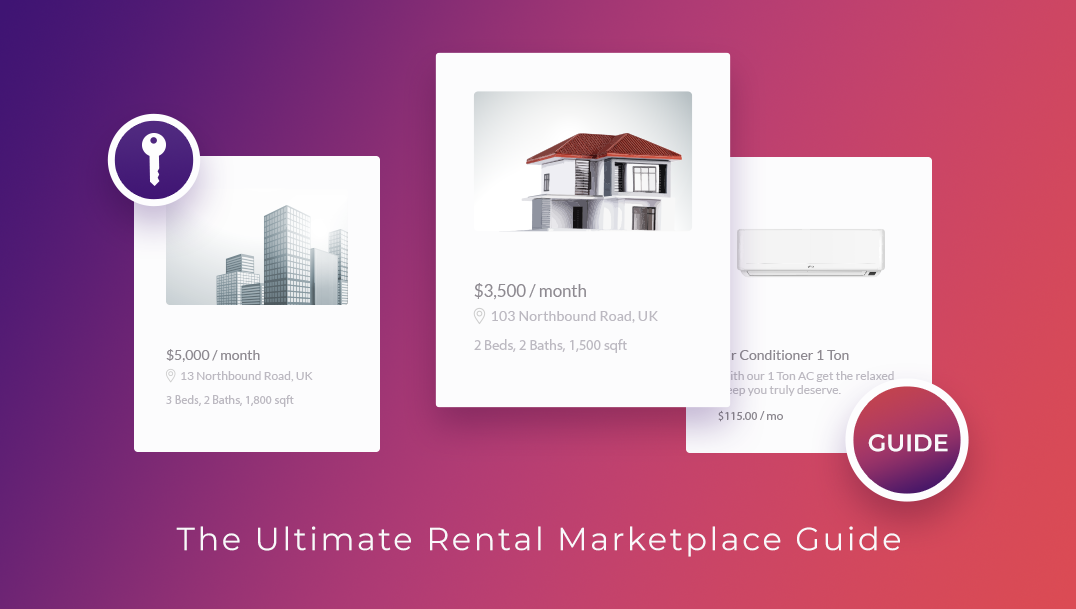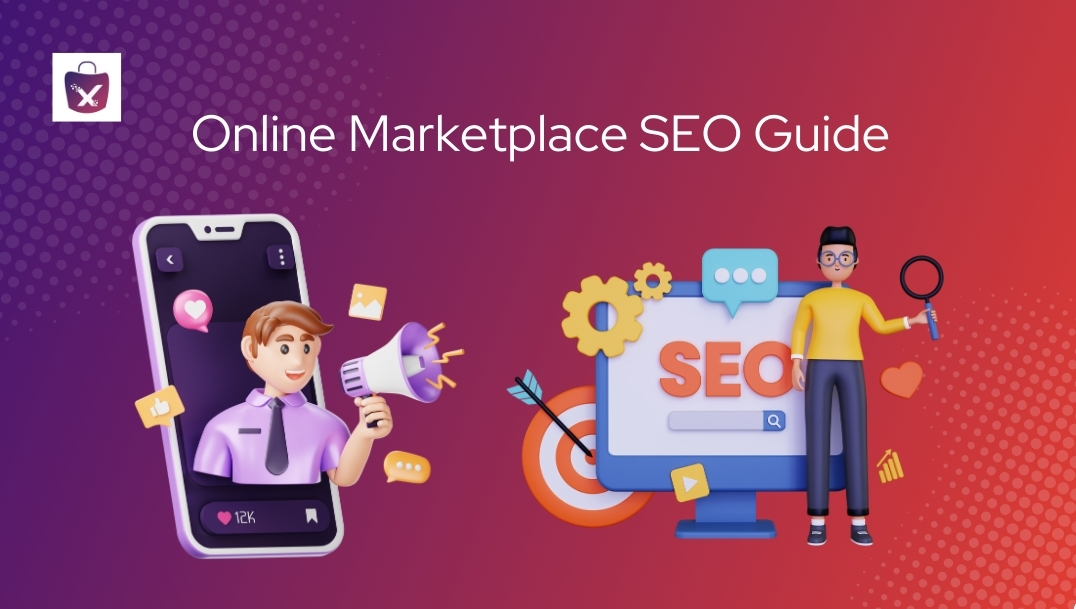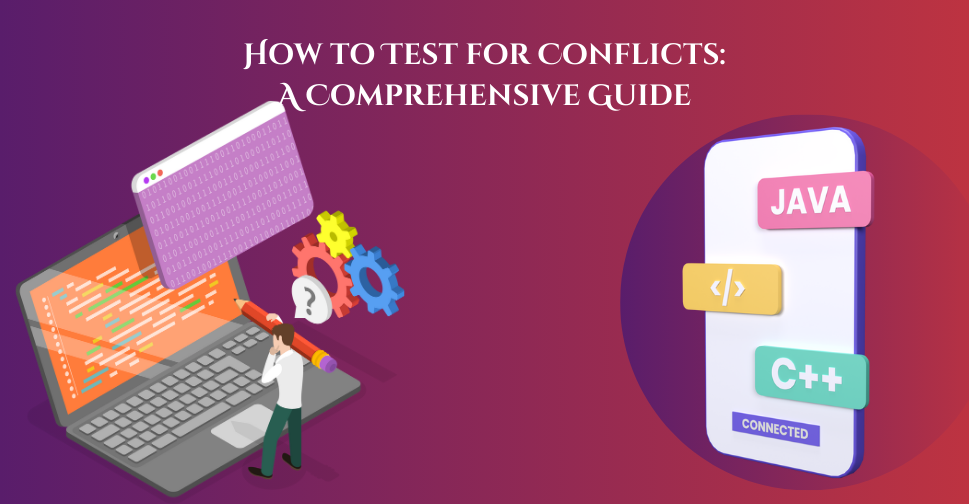“Success in launching a marketplace lies in diligent preparation: understand your market, build a reliable platform, secure funding, and focus on user experience. Remember, ‘Fortune favors the prepared mind.”
-Louis Pasteur.
The online marketplace is a lucrative business model now. We shop from Amazon, commute through Uber, hire resources at Upwork, freelance from Fiverr, and stay at Airbnb. The adaptation of the marketplace model across the verticals and their huge popularity tell about the meteoric rise of the marketplace model.
Most popular online marketplaces worldwide in 2023, based on gross merchandise value (in billion U.S. dollars)
Truth is, money is really floating around the online marketplace. Total Revenues for marketplace platform providers across the globe are expected to reach 3.83 trillion by the end of 2024. Driven by the sharing economy.
In a nutshell, an online marketplace can give you a world of opportunities to set up a sustainable business if done right.
So, what are the factors you should consider before launching an online marketplace?
We have dived deep into this question to identify them. In our series of blogs, we will cover them in the most comprehensive way.
Hope it helps you to prepare you for your marketplace.
How good is your marketplace idea?
The Online Marketplace industry is highly competitive. See how Uber has to compete with the OLA and Lyft. Almost all the sectors have some popular marketplaces and their copycats or similar ventures with few tweaks.
Amazon, eBay, and Walmart are the retail juggernauts. Airbnb has revolutionized the lodging industry. Uber and its’ competitors have a strong grip on the cab booking marketplace. Upwork is the leader of the Freelance marketplace. And so and so…
It does not mean that there is no opportunity for new ideas.
Take Folksy as an example.
Though Etsy has been really popular among the handmade goods and craft supplies, British marketplace Folksy has 250,000 sellers to the site every month, making it a worthwhile option for sellers of handmade goods and craft supplies.
Flubit is another great example of a successful and gutsy marketplace. Dubbed as the British alternative to Amazon, it’s gaining popularity among the retailers.
As the people are leaning towards digital media more and more, any viable online marketplace idea has a great possibility.
Here comes the question, how to vet your marketplace idea?
The best option is to try out the MVP or Minimum Viable Product model. Here are the steps-
Build quick and rough products with bare minimum features. Here your marketplace idea will have all the functions and features albeit the polished look. But, that’s enough. Now your job is to connect with your target audience with the MVP model of your marketplace and collect their feedback.
Are both the vendors and the buyers liking your new idea? Are the vendors comfortable while uploading their products or do they have the right payment features? Is your marketplace a comfortable shopping place for your buyers? Do you have all the features that you need as an admin?
Study how people are interacting with your product? The more you dive deep and collect the minute of feedback, better for you to vet your marketplace idea.
Once you collect the idea, you review and iterate your marketplace. Make it stronger with the addition of a specific feature if there is a demand for it. And once all this is done, just launch your marketplace.
Search for the investors:
Once your idea is validated, your online marketplace is ready with decent traffic and you have a handful of vendors and customers who have started showing interest in your offering, you must feel the hunch of polishing your marketplace, add more features and grow it.
But, do you have enough money to check all the boxes?
You might have started with your own savings and now that’s not enough. So, you need more bucks. How will you manage? The most viable option is to start looking out for investment options.
Good news!
Online marketplaces have always acquired large-some funding from investors. Even if we keep aside Amazon, Flipkart, Uber, Airbnb, the emerging marketplaces are receiving a great amount of investment.
Homeward: The proptech firm Homeward, based in Austin, secured $24 million in a funding round consisting of $4 million in equity and $21 million in debt financing in June 2024. The funds will help scale its real estate platform and enhance the mobile customer experience, with a focus on simplifying the home buying process (Online Marketplaces).
Share Mobility: In January 2024, Share Mobility, a company focused on corporate transportation solutions, raised $12 million in Series A funding. This investment will be used to expand its service offerings and grow its customer base (Online Marketplaces).
And here is a quick look at the big players
As of June 2024, Uber has a market cap of 146.97 billion.
In 2019, Airbnb has sold some common stock at a $35 billion valuation.
Now not every marketplace can attain the stage of Uber or Airbnb but the investors are interested in marketplace startups which have the potential to offer value and generate revenue in the long term.
Here lies the opportunity for you where you can pitch the investors.
Now investors come in many shapes and diverse budget. A quick guide here-
Accelerator, Incubator or Mentoring program:
They are not the typical investors but a blend of mentors and investors where they will guide you, help you to make your product better with limited financial support.
Crowdfunding:
Crowdfunding works if done right. It’s simple. You release your product before the world and ask them to contribute. You collect all whatever amount you are getting and keep growing. It’s not a sudden stash of cash and you need to be very calculative and strategic to let the cash flow in your favor. A lot of marketing goes here of course. But, you can leverage some dedicated platforms like Kickstarter, Indiegogo and GoFundMe. Some of these allow companies to raise funding in exchange for equity.
Angel Investors:
One of the most popular investment models is the angel investment. This investment is done by your family. It’s a safe investment compared to the others. But often angel investment comes as a small to medium amount with more freedom to your projects.
Venture Capital:
Do you have a disruptive marketplace idea and you need a large capital, approach venture capital? Venture capitalists look out for those companies that have significant differentiation from its competitors. So, make sure your marketplace idea is “Disruptive” enough, changing the way businesses operate.
Getting venture capital funding is a long road that requires a lot of hard work. In the case of venture capital funding you do not pay any interest for the amount received but rather a stake in the company is offered to the investors.
How will you pitch your idea to the investors?
Among all the options, venture capital seems most lucrative. But, we have already told you it’s pretty tough to extract money from the venture capital. You have to visit them, pitch them and get things done.
How will you prepare for the tough competition?
So, we have studied a lot of marketplace pitch decks. Here is a quick, easy and effective formula that really works-
- Talk about the challenges that you are going to resolve
- Declare the changes that your solutions are offering
- Provide evidence of the market validation
- Talk about your competitors or the existing solutions available in the market
- Talk and your USP or competitive advantage
- Show your business model
- Give some stats of your present performance if you have already launched the marketplace
Airbnb Pitch Deck starts with a simple yet powerful promise
And then quickly talks about the problem they are addressing
Without wasting any time, they talk about the solution, they are bringing on the table
They prove how powerful their solution with market opportunities

They knew data is the king and they used them with perfection

Then they smartly give glimpses of their actual screens
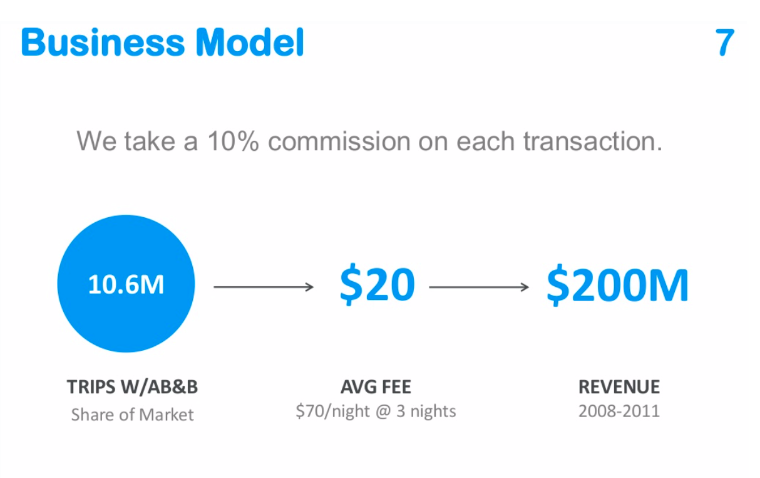
They talk little about their business model as well and promise to earn revenue by a definite timeline
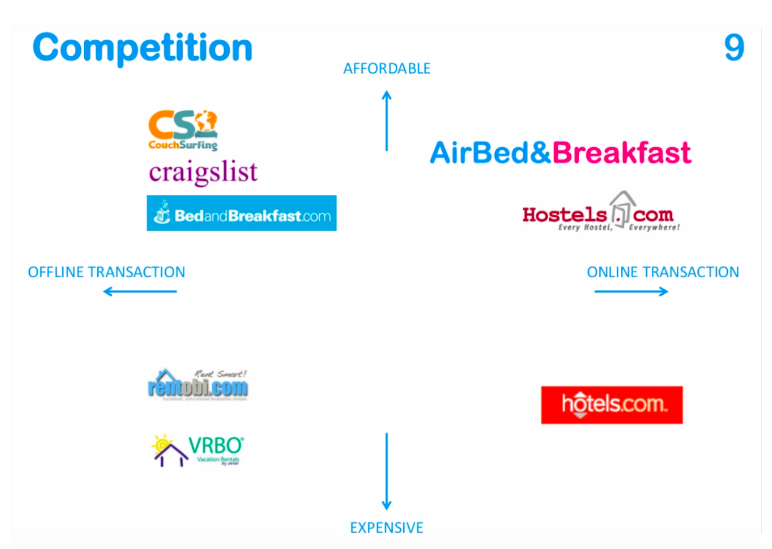
With a quick snapshot, Airbnb presents its competitors. They were confident enough to talk about their edge as well.
You can have a complete look at the Airbnb Pitch Deck here. We are not saying this is the perfect pitch deck but definitely a template worth trying.
Pro tip 001: While making any template, always remember, to make it simple, direct, and powerful enough to highlight the changes you are bringing.
Pro tip 002: Make sure you are giving enough stat and evidence to back your marketplace success. Investors will not flow cash behind you if they don’t foresee their profit. Look, how Airbnb talked about the revenue to earn within a specific timeline. Make sure you are also projecting serious data like that.
How much investment you should take?
Tough calls and a lot of mathematics go in here. There are a lot of variables.
The simple answer is the absolute minimum amount you need to make your plan work. But, that’s a vague answer. Some entrepreneurs try to start with a huge number, hoping they can negotiate and close on a smaller one, while others understate their requirements, in hopes of getting their foot in the door with an investor.
Neither of these strategies is a good one, as both are likely to damage your credibility with potential investors, even before they look hard at your plan. Here are the parameters you should use in sizing your request—and be able to explain in justifying your request to investors:
Here are a few points to remember:-
- Implied ownership cost: If your company is at an early stage and has a valuation under $1M, don’t ask for a $5M investment. Rather you can validly ask for $200K to $300K, and workout a stake dilution which is comfortable to both of you.
- Type of investor: Angel investment groups usually won’t consider a request over $1M, while venture capitalists won’t look at anything under $2M. So, know your priority, what needs to be done at this stage and have a solid understanding. Then you go for the investment to the right investment group.
- Company stage: If your company is still in the idea stage, you have no valuation, so size your investment request on the basis of goodwill that you have with your network, and your past business track record if you ever had any. Angels might be interested during your early stage if you have a prototype, but VCs won’t bite until you have a product, customers, and revenue.
- Clear Plan: With a mere idea, it is challenging to get handsome funding. So, plan well and have a clear idea of how much funding you require here.
- Keep a buffer time: Calculate what you need, and add a buffer. The safe bet would be to do your financial model first with the volume, cost, and pricing parameters you have in mind.
- MileStone-Based fundings: Request funding in stages tied to achieving specific milestones (e.g., prototype development, market launch, user acquisition targets). This approach can reduce risk for investors and demonstrate progress and accountability.
- Risk Management: Present a clear risk assessment and mitigation plan. Address potential challenges and your strategies for overcoming them. This shows investors you are prepared and proactive in managing risks.
See where your cashflow bottoms out. If it bottoms out at minus $400K, add a 25% buffer, and ask for $500K funding. The request size must tie into your financials to be credible.
There is no perfect model in deciding how much investment you should take. So, always understand how much do you need and have a clear idea of your burn-out cost. Now mix and match and there you will have a clear idea on how much you should take as an investment.
What an investor would expect from you?
Tricky question but most of the investors would not track your daily or monthly business performances. They expect the smart utilization of funds. They can go for the equity or a return of investment.
It’s better to arrive at a mutual timeline which will help both of you to do their job without any complications.
Building a marketplace
Now comes the real question.
So, you want to build a Online marketplace. That means you want to pull off a lot of features, roles, and responsibilities for you as the admin, vendors and the buyers. You need a robust, flexible and adaptable foundation.
For example, you have to provide diverse payment gateway options to the sellers. And at the same time, admins need flexible yet effective systems to work out their revenue model.
This is just the tip of the iceberg. A successful online marketplace is built of myriad features equally distributed across admin, sellers and even customers.
MultiVendorX provides all the features and more.
To start with it’s built on WordPress which means it can turn any WordPress website into an online marketplace.
As it’s on WordPress, you have already got a strong foundation at the very core of your marketplace. WordPress is flexible, easy to use and loaded with features which are getting better and better with every new release.
And also, 34% of the web uses WordPress, from hobby blogs to the biggest news sites online. And also marketplaces. Many of them use MultiVendorX what we have made, a major contribution to the massive WordPress community.
Now, let’s talk about how you can build a marketplace on WordPress.
Enter MultiVendorX. Here is a quick look at the feature-set https://multivendorx.com/features/
Making an online marketplace with the MultiVendorX is so easy. If you already have a WordPress website, you can install our plugin and get started.
We are continuously upgrading our feature-set to improve the marketplace management experience of the admin. Our product team is constantly working on new features to give you the best in the marketplace solution.
Recently, we have introduced MANGOPAY Gateway. It makes payments easy for your users by allowing them to pay in multiple currencies and with various payment methods.
You can know more about the WCMp Mangopay here https://multivendorx.com/knowledgebase/wcmp-mangopay-gateway/
We know how the marketplace of the marketplace solutions is changing considering the new evolution of the marketplace industry. New ideas are coming along with the new players forcing even the bigger players to come up with the new service offerings.
In 2019, Uber Launched a Rideshare Submarine, and Yes, It’s Called scUber where Aussies can see the Great Barrier Reef up close.
Now every new marketplace feature comes up with a new or revamped set of facilities for the admin, vendor, and the buyers. People look at the jazzy features marketplaces are bringing but nobody looks at the technology behind it.
Here technology has to play a big role here. We understand the pressure that the marketplace owners are under and this is why we have developed MultiVendorX v18.6 based on ReactJswith a bagful of advantages for the vendors, and the admins.
You can sneak a peek here https://multivendorx.com/latest-release/
This is just the tip of the iceberg of the technology that the marketplace requires. It’s always evolving and you should start with something robust, flexible and incredible at your hand.
Now we have got a pretty good idea on how to prepare your marketplace. We have discussed having a solid idea, how to validate it, the massive need for funding and how to strike a good deal. Here you have also come to know one of the most convenient technologies of building a marketplace.
We are hoping if you are new in the marketplace business, you will have a solid idea from this blog. Of course, this is not well. We have not discussed the aspect of marketing and the successful application of many tricks to promote your marketplace. In our next series of blogs, we will talk about them at length. Keep an eye on this space for more.



